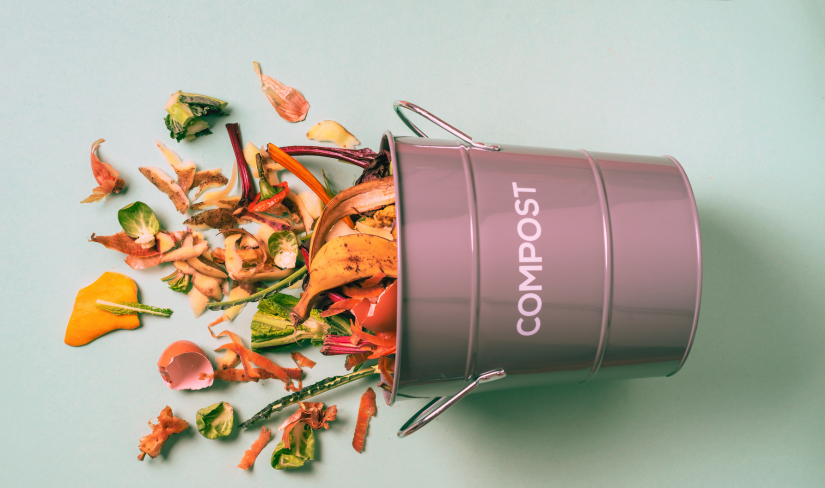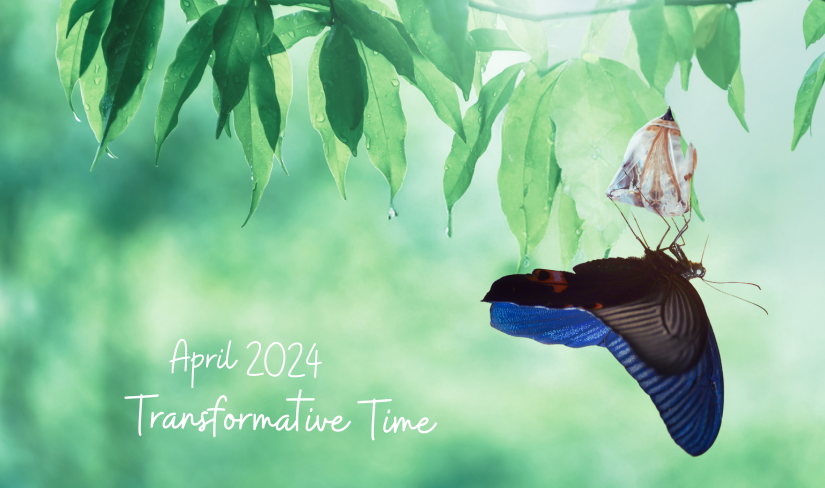Bell peppers are a beautiful addition to any garden or cuisine because of their bright colors and refreshing taste. No matter your gardening experience, there’s nothing quite like seeing your bell pepper seeds sprout into a bounty of peppers. This guide will take you through every stage of growing bell peppers, from sowing seeds to harvesting a plentiful crop.
1. Choosing the Right Variety
Before you begin, select the bell pepper variety that best suits your growing conditions and culinary preferences. Varieties range in color, flavor, size, and heat level. Common varieties include traditional green, red, yellow, and orange bell peppers, as well as specialty varieties like purple and chocolate bell peppers.
2. Starting Seeds Indoors
Bell pepper seeds require warmth to germinate, so start them indoors 8-10 weeks before the last expected frost date in your area. Plant seeds in a seed-starting mix in trays or small pots, covering them lightly with soil. Keep the soil consistently moist and provide warmth with a heating mat or by placing the trays in a warm location.
3. Transplanting Seedlings
Once the seedlings have developed several true leaves and are 2-3 inches tall, they are ready to be transplanted into larger pots or directly into the garden. Harden off the seedlings by gradually exposing them to outdoor conditions over the course of a week before transplanting to reduce transplant shock.
4. Choosing a Growing Location
Select a sunny, well-drained location for planting bell peppers. They prefer full sun, so choose a spot that receives at least 6-8 hours of sunlight per day. Ensure the soil is rich in organic matter and has good drainage to promote healthy plant growth.
5. Planting in the Garden
When the danger of frost has passed and the soil has warmed to at least 65°F (18°C), transplant the seedlings into the garden. Space them 18-24 inches apart in rows spaced 24-36 inches apart, or follow spacing recommendations specific to your chosen variety.
6. Providing Care
Water bell pepper plants regularly, aiming to keep the soil consistently moist but not waterlogged. Mulch around the plants to help retain soil moisture and suppress weeds. Fertilize with a balanced fertilizer or compost tea every 4-6 weeks to promote healthy growth and fruit production.
7. Supporting the Plants
As bell pepper plants grow, they may benefit from support to prevent the heavy fruit-laden branches from bending or breaking. Use stakes, cages, or trellises to support the plants as needed, especially for larger varieties or in windy conditions.
8. Harvesting
Bell peppers can be harvested at various stages of maturity, depending on your preference. They can be picked when they are still green or left on the plant to ripen to their final color, whether red, yellow, orange, or other hues. Harvest peppers by cutting them from the plant with sharp scissors or pruning shears, being careful not to damage the plant.
9. Enjoying the Harvest
Once harvested, bell peppers can be enjoyed fresh in salads, sandwiches, and stir-fries, or roasted, grilled, stuffed, or preserved in various ways. Store harvested peppers in the refrigerator for up to two weeks, or freeze them for longer-term storage.
Growing bell peppers from seeds to harvest requires patience, care, and attention to detail, but the rewards are well worth the effort. By following these steps and tips, you can cultivate healthy bell pepper plants and enjoy a plentiful harvest of delicious, homegrown peppers throughout the growing season. So roll up your sleeves, dig in the dirt, and get ready to savor the sweet, colorful bounty of your bell pepper garden!













0 Comments